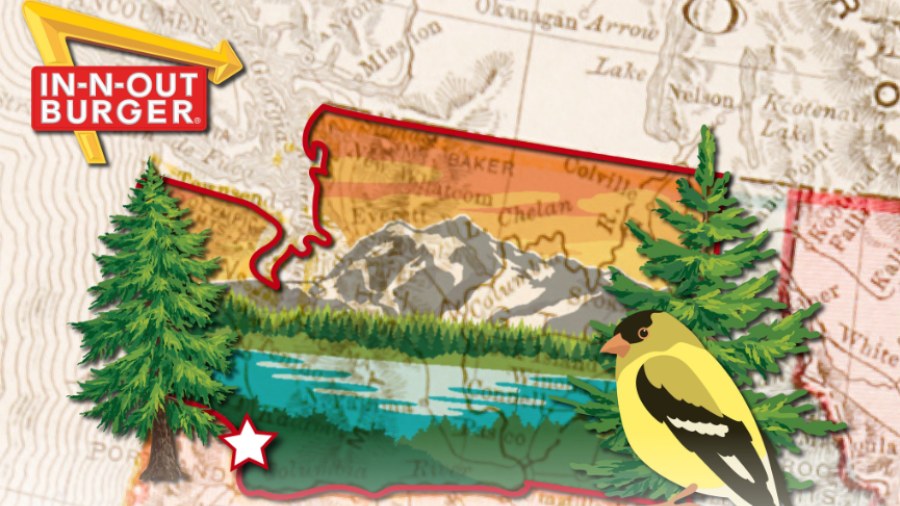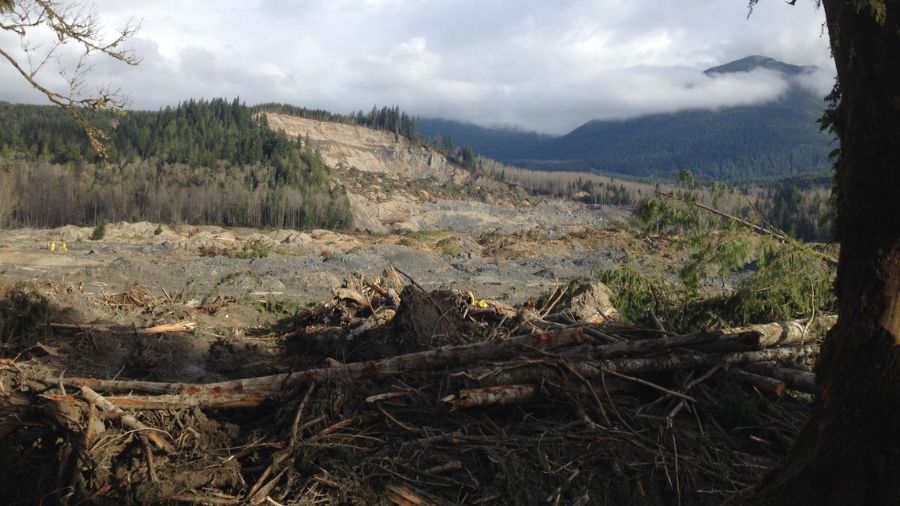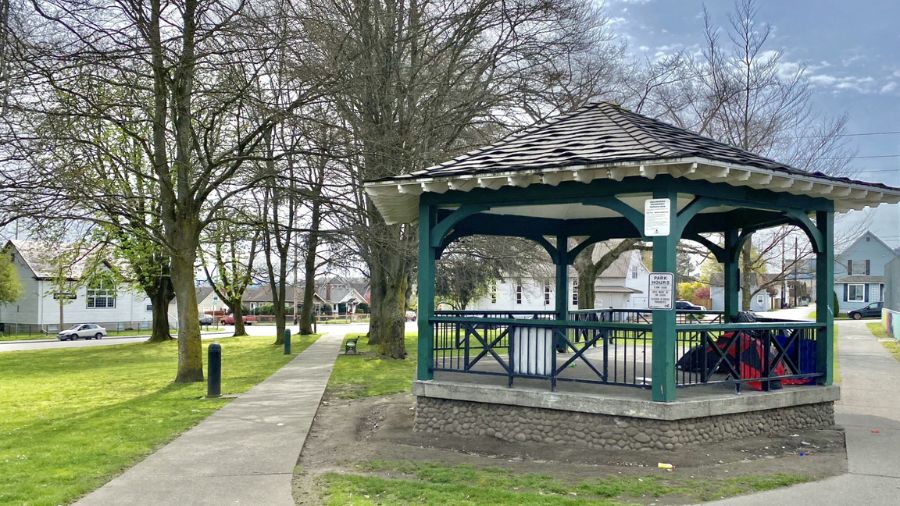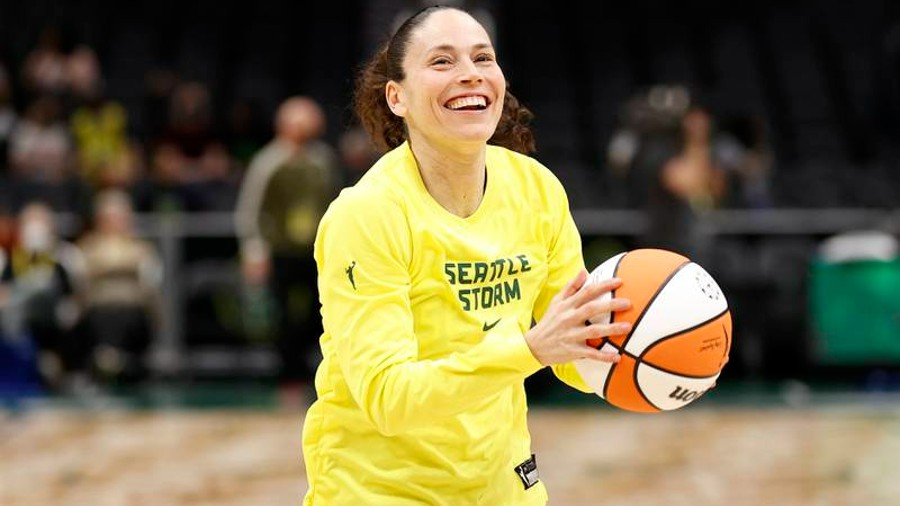Has liquor privatization in Washington brought negative consequences?
Jun 2, 2014, 6:08 AM | Updated: 8:30 am

Looking over the impacts of privatization, some see some unexpected negative consequences of the shift. (AP Photo/file)
(AP Photo/file)
It’s been two years since Washington got out of the liquor business. Has it really made that big of a difference in how you get your liquor or to the state’s bottom line?
It has certainly become easier to get liquor. There are four times as many stores selling spirits today than before privatization. Sales increased statewide by about 3 percent during the first 18-months.
Liquor is still more expensive than it was before I-1183 went into effect. The Bellingham Herald reports the average price per bottle is about three dollars higher than when the state was running the stores.
Julia Dilley, with the Washington State Department of Health, has been researching the impacts of privatization. She said the increased prices and sales were expected, but there have been some unexpected consequences, too.
“It was associated with an increase in some negative consequences, including emergency department visits for alcohol-related conditions, and multiple reports of alcohol theft,” Dilley said.
Studying King County, which had the best data to track, Dilley said the historical data showed that there should have been about 10,000 emergency room visits for alcohol-related issues between June of 2012 and September of 2013.
“We saw an excess about 5,500 additional emergency department visits for alcohol-related conditions in the 16 months after the change in law. That was about half again as much as what we expected.”
Dilley said there isn’t enough information to say that privatization is responsible for the increase in alcohol-related visits to emergency rooms, but she said it’s worth tracking.
“We saw statistically significant change in the trend after the change in law. So that is suggestive that the change in law made a difference in terms of how many people were needing emergency department treatment.”
One of the rallying cries for the groups who opposed privatization was that it would be easier for kids to get their hands on liquor.
Dilley said there isn’t enough data yet to suggest that teen alcohol use is on the rise.
“We don’t yet have any information that shows youth are drinking more, however what we did find in the survey was that we saw, in comparison to what we would have expected in our historical trend, we saw significantly more kids reporting more positive beliefs about alcohol. So fewer youths were saying that they thought it was wrong for someone their age to drink.”
That survey is the annual healthy youth survey which asks teens about drinking. She said it appears teens in Washington might be relaxing their attitudes about it.
“These are sort of upstream indicators that the thinking around alcohol might be changing among young people,” Dilley said. “When we get information from our next healthy youth survey statewide this fall, I think that will give us a better indication of whether, in the long term, alcohol-use rates have changed among kids associated with the change in law.”
The state says it appears that kids aren’t getting alcohol any easier since the passage of I-1183. State stores used to sell to minors about 7 percent of the time during compliance checks.
The rate is now between 6-and-9 percent.













